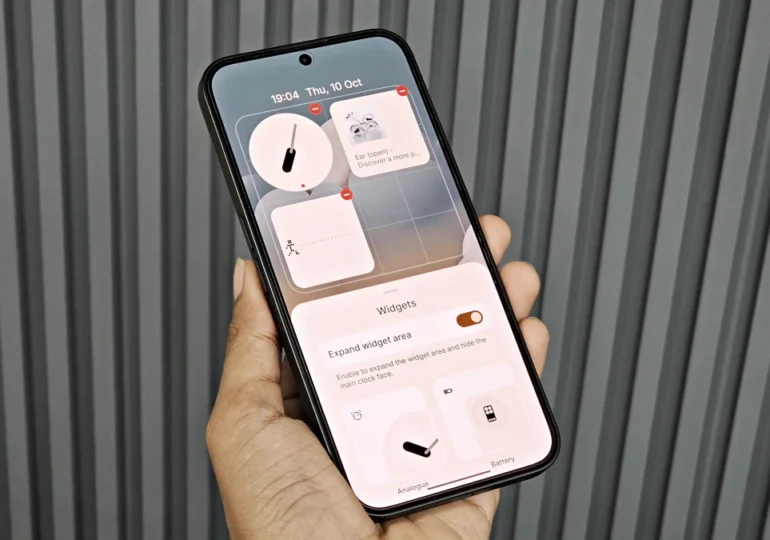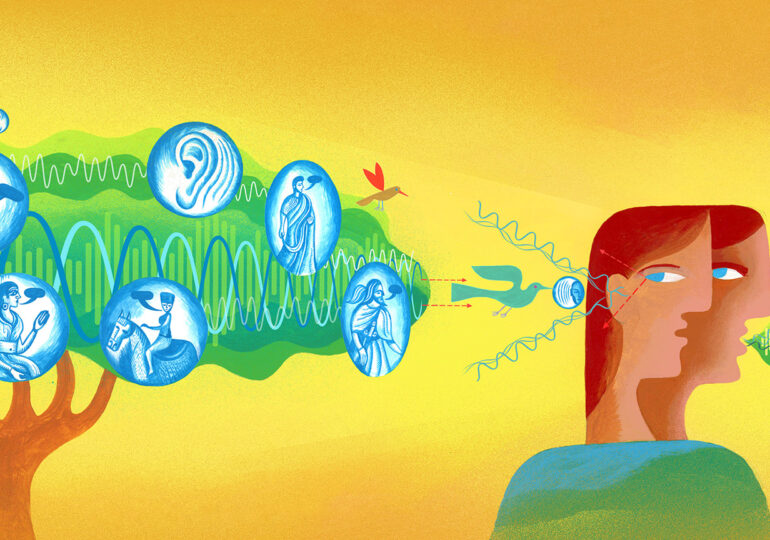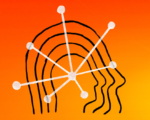Women Making a Difference in AI

The New York Times article, despite its viral traction, faced criticism for its omission of women in the AI field. Instead, it predominantly featured male leaders, some without significant AI expertise.
The gender gap in AI
The true origins of the AI boom trace back to the pioneering work of women like Elaine Rich, Cynthia Dwork, and Cynthia Breazeal. Rich, a retired computer scientist, authored one of the earliest AI textbooks in 1983 and later directed a corporate AI lab. Dwork, a Harvard professor, made significant contributions to AI fairness and privacy. Breazeal, a roboticist at MIT, played a pivotal role in the development of social robots like Kismet. These women, alongside many others, laid the groundwork for today’s AI advancements, often working behind the scenes and in relative obscurity.
The representation of women in the AI workforce remains alarmingly low, with only a small fraction holding positions in the field. Studies reveal that just 16% of tenure-track faculty in AI are women, and they occupy only 26% of analytics-related and AI roles globally.
Compounding this issue is the widening gender gap in AI, contrary to expectations of progress. Research by Nesta found that the proportion of AI academic papers co-authored by women has stagnated since the 1990s. In 2019, only 13.8% of AI research papers on Arxiv.org were authored or co-authored by women, with this figure showing a steady decline over the past decade.





















